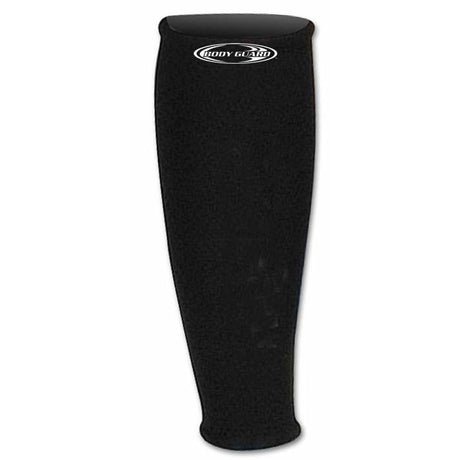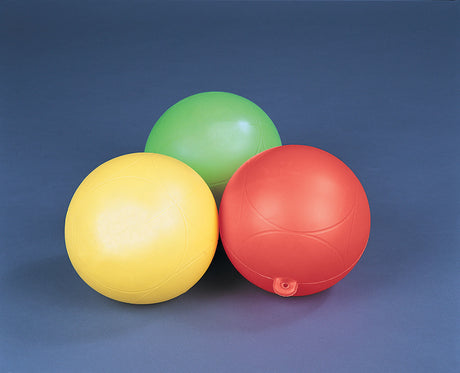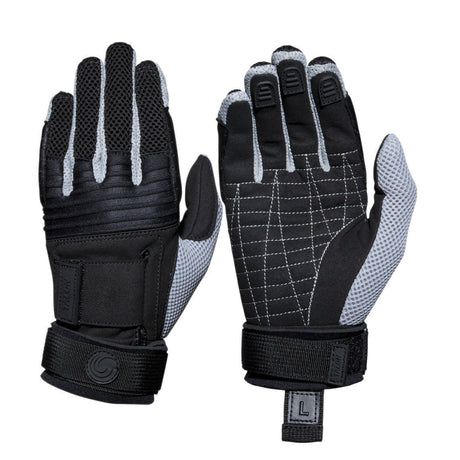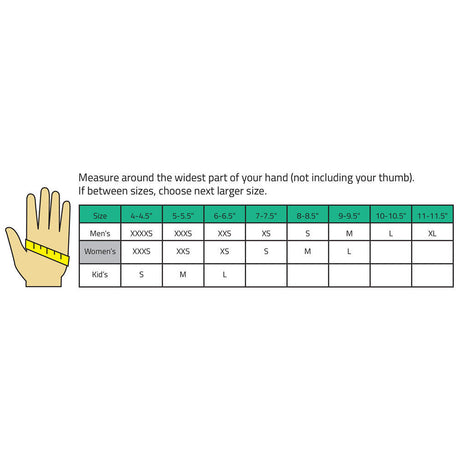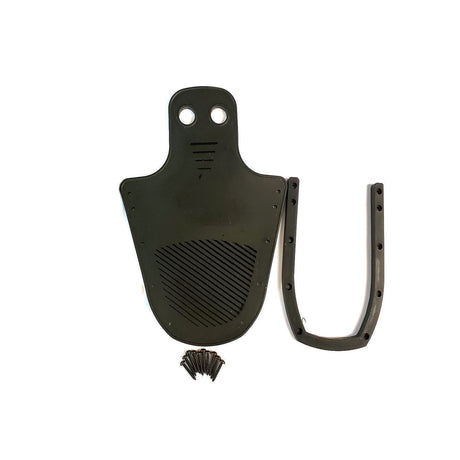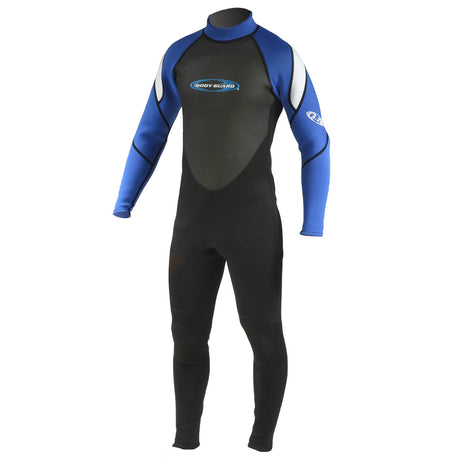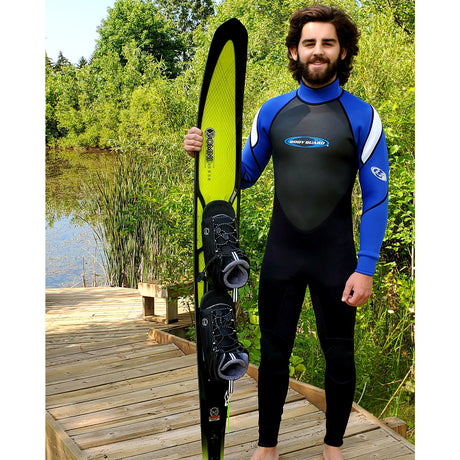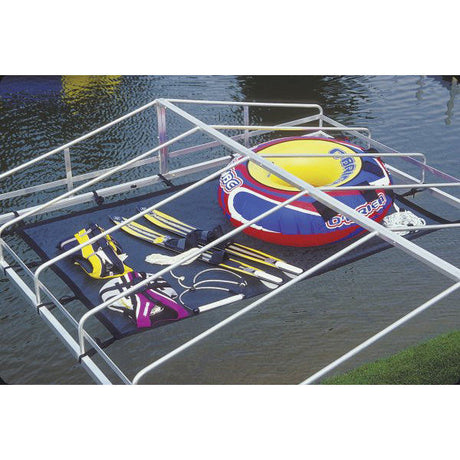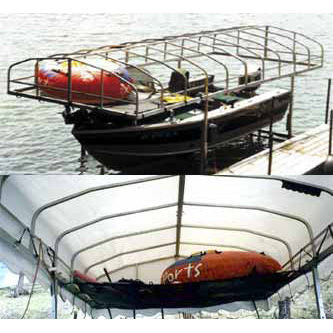Slalom Ski, or Combo Skis First?
 Pictured: O'Brien Celebrity Combo Skis (top), Connelly Aspect Slalom Ski (bottom)
Pictured: O'Brien Celebrity Combo Skis (top), Connelly Aspect Slalom Ski (bottom)
Before you dive into water skiing, you need to decide whether you'll start a pair of combo skis, where one ski attaches to each foot, or a slalom ski, where both feet attach to a single ski.
Combo skis are easier for beginners.
Combo skis are wider and shorter than slalom skis, making them easier to get up and moving with, and they're easier to control at lower speeds.
Combo skis also include one ski that can be ridden slalom on its own. One of the two skis is fitted with a rear binding, allowing you to attach both feet to one ski when you're ready to advance.
Beginner skiers with some wakeboarding, surfing, or wakesurfing experience might opt for starting a slalom ski because it feels more familiar.
Need help deciding which setup to start with? Read our in-depth comparison: The Difference Between Slalom and Combo Skis.
What size water skis should you choose?
 Pictured: Radar Girl's T.R.A Slalom Ski
Pictured: Radar Girl's T.R.A Slalom Ski
When it comes to selecting the right water skis, size matters most. The size of your skis -- or ski, if you go slalom -- depends on your weight, skiing ability, and personal preference.
How to Pick a Water Ski Size
No matter your skill level, the correct water ski length is determined by the weight of the rider.
Not sure which ski size to pick? Size up as a beginner.
Example: You weigh 165 pounds. A particular ski make and model, available in 66", is recommended for riders weighing 125 to 180 pounds.
The same ski, available in 67", is recommended for riders weighing 160 to 200 pounds. Select the 67" ski.
Sizing up affords you more lift and stability, which makes it easier to get up and moving. As a new skier, you will be riding at lower speeds while you practice basic, wide, slow turns. Longer skis suit this riding style perfectly.
Intermediate and advanced skiers can choose skis that are shorter, which offer increased maneuverability for making tighter, quicker turns at higher speeds.
Water Ski Size Charts
All major water ski manufacturers offer guidelines for picking the right ski length for each of their models.
Reference the charts below to find your optimal slalom or combo ski size:
Water ski rockers and their impact on performance
 Pictured: Radar Alloy Senate Slalom Ski
Pictured: Radar Alloy Senate Slalom Ski
Rockers refer to the curvature of the bottom surface of the ski. Rockers play a crucial role in determining how the ski performs on the water. There are two main types of rockers: continuous and traditional.
Continuous rockers have a smooth, curved shape from tip to tail. They provide a more predictable and forgiving ride, especially in choppy water, making them ideal for beginners and recreational skiers.
Traditional rockers have a flat spot in the middle, which allows for more speed and responsiveness. These skis are preferred by more advanced skiers who want to perform tricks and jumps.
Flex: Finding the right balance
The flex of the ski refers to its ability to bend under pressure. It affects how the ski responds to turns and how it performs on different water conditions.
Skis with softer flex are more forgiving and easier to control, making them suitable for beginners and lighter skiers. Skis with a stiffer flex offer better stability and responsiveness, making them ideal for more experienced skiers and those who prefer higher speeds.
It's important to find the right balance of flex that suits your skiing style and ability. If you're unsure, it's recommended to start with skis that have a medium flex, as they provide a good balance between stability and maneuverability.
Choosing the right ski bindings
 Pictured: O'Brien Pro Tour Slalom Ski w/ Z9 Binding and Rear Toe Plate
Pictured: O'Brien Pro Tour Slalom Ski w/ Z9 Binding and Rear Toe Plate
Besides the ski itself, bindings are the most important component of water skiing. They secure your feet to the skis and ensure proper support and control. When selecting bindings, there are a few factors to consider.
Type: Water ski bindings come in three types: Hardshell bindings, rubber bindings, and rear toe plates.
Hardshell bindings look, feel, and fit like conventional boots, with a hard exterior and a foam-padded interior. Rubber bindings look and function like wrapped compression coverings. They have no laces. Rear toe plates look and function like sandals. These are only ever used for the rear foot on slalom skis.
For beginner water skiers, rubber bindings are the best choice.
They're easy to get in and out of, and their fit is forgiving and comfortable, and you needn't worry about tightening and adjusting them every time you wear them.
Size: Make sure the bindings are the right size for your feet to ensure a comfortable and secure fit. Bindings are sized like shoes, typically with a single binding size accommodating a small range of shoe sizes.
For example, one binding can be ordered to fit U.S men's shoe sizes 4 to 7, 7 to 11, or 12 to 15. If your shoe size falls between two binding sizes -- for example, if you're a shoe size 7 -- but you have wide feet, size up to the larger binding.
Adjustability: Hardshell bindings have conventional laces, like a shoe, or they have a dialed knob with wires that offer micro-adjustability and a tighter fit. This is called the BOA Fit System.
Rubber bindings have no laces, and instead rely on the stretch and compression of the boot's rubber to provide a snug fit. Rear toe plates can be styled like a rubber binding with no adjustability, or like a hardshell binding with adjustable laces and padding.
Support: Consider the level of support the bindings provide. Beginners may prefer bindings with more support, while advanced skiers may opt for bindings that offer greater flexibility. Different bindings have higher or lower ankles to offer more or less support and flexibility.
See a comparison of all the types of ski bindings here.
Two Boots, or Front Boot & Rear Toe Plate?
 Pictured: Radar Men's Vector Binding w/ Rear Toe Plate
Pictured: Radar Men's Vector Binding w/ Rear Toe Plate
Some skiers choose to wear a double boot setup, placing a full boot on both the front and rear foot. This provides added stability, but it's less convenient. Others opt for a rear toe plate for easier wear and convenience.
For beginners, we recommend a front rubber boot and rear toe plate. Read our comparison of double boots vs. rear toe plates for a more in-depth comparison to help you decide.
By considering these factors (sizing, rocker, flex, and bindings) you can start your water skiing journey with more confidence, better performance and, most importantly for beginners, easier starts in the water.
Check out our ski packages, grab a slalom or pair of skis, and hit the water!
Need Help Picking Skis?
We've got you covered! You can read more about each type of water ski, including what specifications and features to consider:
Want to take out all the guesswork and just go with a recommendation for your first setup? We've selected our top picks for the best beginner slalom and combo skis:



